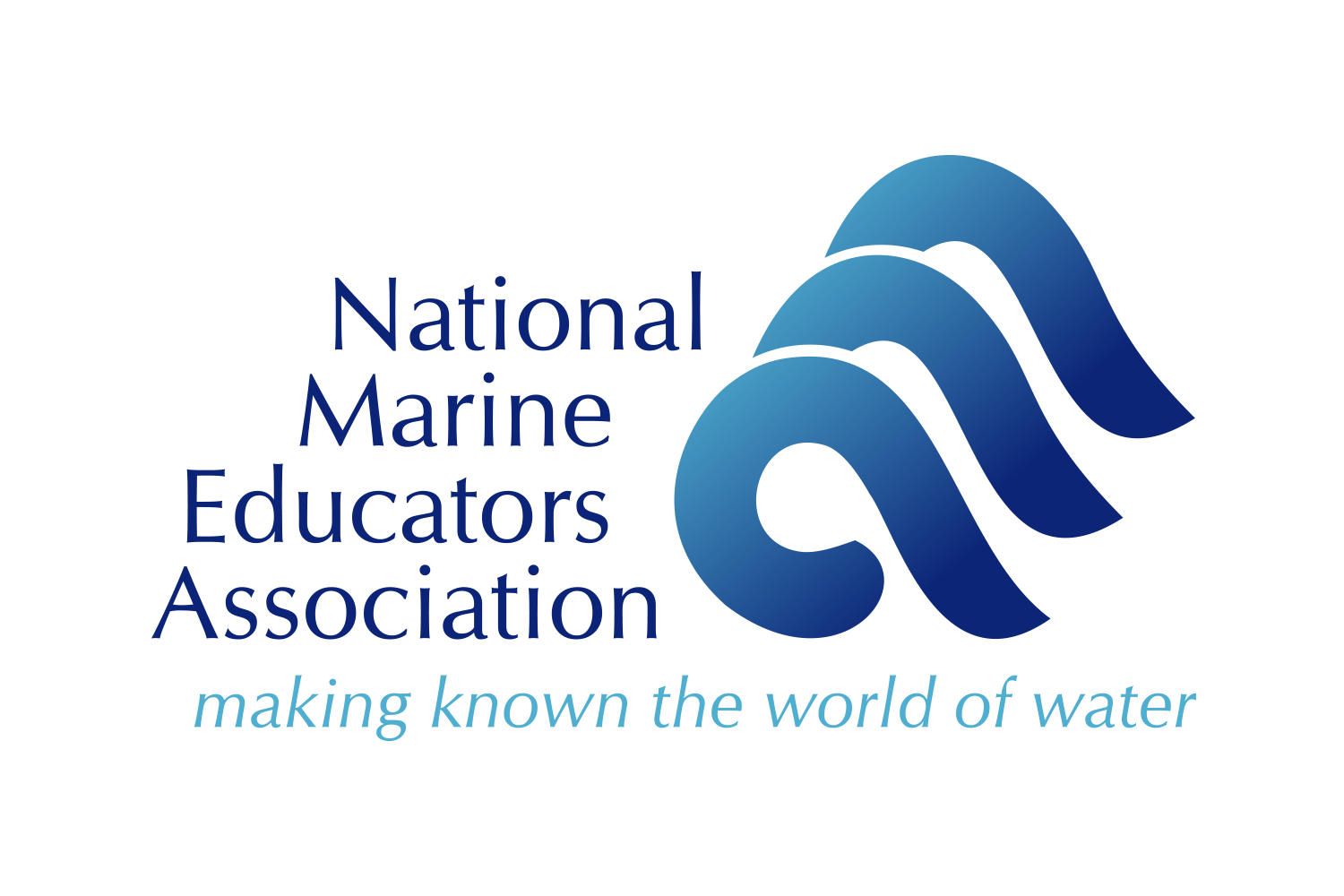What’s that Limu? 4th Annual Intertidal Exploration Event in Hawai‘i with Oceania
Aloha circle to start the event—introductions to each other and place.
On Sunday, May 5th at One‘ula Beach Park in ‘Ewa Beach (O‘ahu, Hawai‘i) the Oceania chapter of NMEA held their 4th annual intertidal exploration event. Volunteers at the event shared information with ~25 attendees of all ages about the intertidal.
Hawaiian intertidal
Hawai‘i's coasts are 'ocean gardens' tended to by local communities who have intimate knowledge of these places. This scientific knowledge is the result of kilo, careful observation, by generations of Kanaka ʻŌiwi (Native Hawaiians). In particular, limu (algae) is important in Hawaiian culinary, medicinal, and spiritual practices. Cultural protocol, including leading an ‘oli (chant) and sharing mo‘olelo (stories, myths, legends), for the event was led by the Hoakalei Cultural Foundation.
Due to its place at the nexus of land and sea, the intertidal is vulnerable to threats such as nutrient inputs, climate change and sea level rise, species invasions, and overharvesting. The presence or absence, or change in abundance, of different limu can be an indicator of the health of the ecosystem.
The intertidal exploration day was initiated to raise awareness about this environment—particularly the importance of limu to Hawai‘i’s cultural identity and health of our nearshore environment. ‘Ewa Beach was chosen as the location of the event as the coast used to be known as the “House of Limu.” Over time, the limu biomass in the area has decreased. The community, in partnership with scientists, are monitoring the area to help elucidate the reason for this decline as well as monitor the spread of invasive species.
Low tide reveals the diversity of limu (algae) on the rocky intertidal bench of One‘ula Beach Park.
Participatory science event
Hawai‘i’s intertidal has been understudied in western scientific literature, particularly in comparison to temperate areas and nearby coral reefs. In addition, its modest tidal range (~ 1m) and seasonal wave activity make the area difficult to access. One solution to this problem lies in participatory science monitoring.
The event had both educational and scientific goals:
Educational goals: Engage the community in learning about place, enhance their observation skills, and cultivate an understanding and appreciation of the Hawaiian rocky intertidal—particularly limu.
Scientific goals: Gather biodiversity information about the rocky ‘Ewa Beach intertidal to help determine if and how the community is changing over time.
As part of the exploration, participants were encouraged to use the iNaturalist app. The iNaturalist project “Intertidal of Hawai‘i” has involved 214 people in collecting over 4600 observations of 460 species since 2020.
Participants took pictures of species to upload to iNaturalist.
Getting a closer look!
From One‘ula Beach Park you can see Lēʻahi (Diamond Head).
Identifying ‘ina (rock-boring urchin) using Field Guide to Hawai‘i's Coastal Organisms.
Interested in learning more about limu?
Check out Hawai‘i Sea Grant's magazine Ka Pili Kai issue Limu: Gifts from the Sea. If you are in Hawai‘i, use the Field Guide to Hawai‘i's Coastal Organisms to help you identify limu and intertidal invertebrates. A PDF of the guide is here, or you can purchase laminated copies.
About the Authors & Intertidal Exploration Day Facilitators:
Joanna Philippoff is a faculty member in the College of Education at the University of Hawai‘i at Mānoa. While getting her master's in marine biology she realized she loved teaching others about ocean science even more than doing the science herself—and has been first and foremost an educator ever since. She is the chair of Oceania, the Pacific-based chapter of NMEA, one of the authors of the secondary science curriculum Exploring Our Fluid Earth, and heads Our Project In Hawai‘i’s Intertidal (OPIHI). Contact her at philippo@hawaii.edu.
Anuschka Faucci is a faculty member at University of Hawai‘i Leeward Community College. She is an active member of the Hawai‘i marine science educator community—serving on the board of Oceania and co-leading OPIHI. She is also an educator with the Polynesian Voyaging Society and I Nui Ke Aho, serving as a crewmember and leading educational experiences around traditional sailing canoes and the marine environment. Contact her at anuschka@hawaii.edu.









